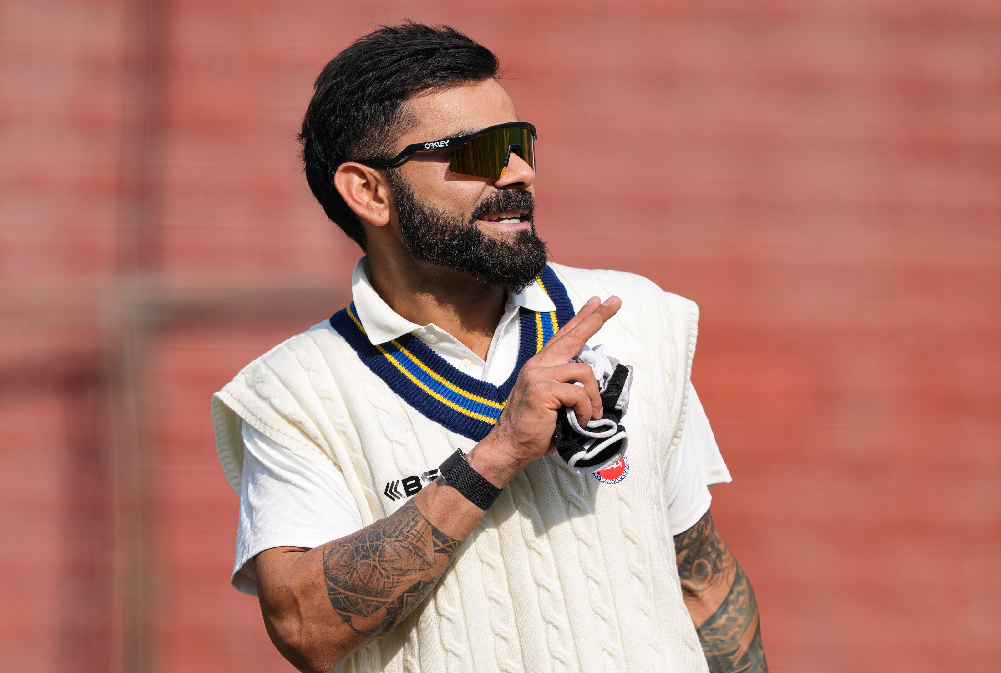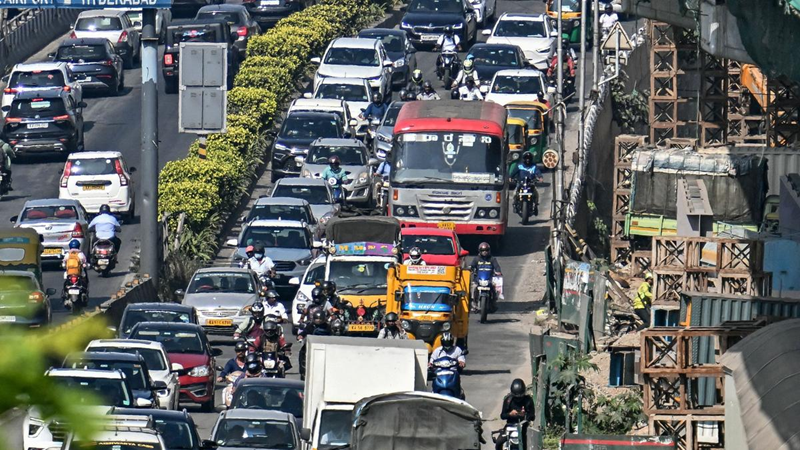
Cold War over but nukes still a potential danger
Today is August 9. On this day seventy-eight years ago, the United States dropped the atom bomb mysteriously called ‘Fat Man’ on the unsuspecting population of the Japanese city of Nagasaki killing tens of thousands.
The toll in the bombings of Nagasaki and Hiroshima, which were destroyed on August 6, was anything from 1.5 to 2 lakh with many incinerated to cinders in seconds.
Six days later, the ‘invincible’ Japan surrendered, bringing the curtains down on World War-II. With German dictator Adolf Hitler already dead, the US gamble had paid off to bring the war to an ‘early end’.
But at what price! Even today, there are people in Japan who shudder at the thought of what happened on those two days when the world experienced the destructive power of the atom.
The debilitating effect of the bombs continue till this day with radiation sickness, leukemia, birth defects and mental retardation affecting the lucky few who managed to survive the blasts, and their progeny.
There has been no more use of atom bombs in the decades since then though there have been terrible wars in most continents – Asia, Europe and Africa – triggering fears of another nuclear catastrophe.
The Indian subcontinent itself has seen fierce battles that have killed thousands on both sides and so have the wars in the erstwhile Yugoslavia, and among nations of Africa.
But the fear of mutual destruction has deterred the powers involved from crossing the brink and instead limiting themselves to conventional weapons.
In 2023, the possibility of a nuclear war looks as menacing and real as ever despite the end of the Cold War about thirty years ago after the collapse of communist regimes in the Soviet Union and East Europe.
The Ukraine war is over 500 days old, but there are no signs of the conflict being resolved despite the pressure being exerted by most world powers including India.
Drones have been slamming into potential targets and even civilian sites in Kiev and Moscow with the death toll in Ukraine estimated at over 9,000. The official Russian figures put the number of those killed at 6,000 though unofficial estimates say it could be much higher.
Not very far off, tensions are running high as ever at the 38th parallel, which divides communist North Korea and democratic South Korea with the irrepressible Kim Jong Un of the north sending chilling messages to the south by test-firing missiles of every kind.
North Korea is one of nine nuclear powers in the world – the others being India, Pakistan and Israel besides the five superpowers of course. There has already been enough saber-rattling by Vladimir Putin on the deployment of nukes to bring a swift end to the Ukraine war.
He has hinted at stationing nuclear weapons in the territory of Russian ally Belarus, which has evoked expressions of concern from US President Joe Biden.
There are conflicts elsewhere too – in the Middle-East and Africa – but the two hotspots on the global map no doubt are Ukraine-Russia and North Korea. In the late 1980s with the Cold War on the decline, people heaved a sigh of relief hoping that the threat of nukes shattering all that humankind had built through the centuries was finally over and they could focus on peace and progress.
None of that looks a clear possibility in today’s world with jingoistic nationalism back at the forefront as conflicts over land, resources and unsettled disputes of the past tend to wreck all that we hold dear to our hearts.
Campaigns for peace and the collective effort for a better and equitable society will have to continue as vigorously as ever, so that generations to come can live and thrive on this wonderful planet.
 English daily published in Bengaluru & Doha
English daily published in Bengaluru & Doha






